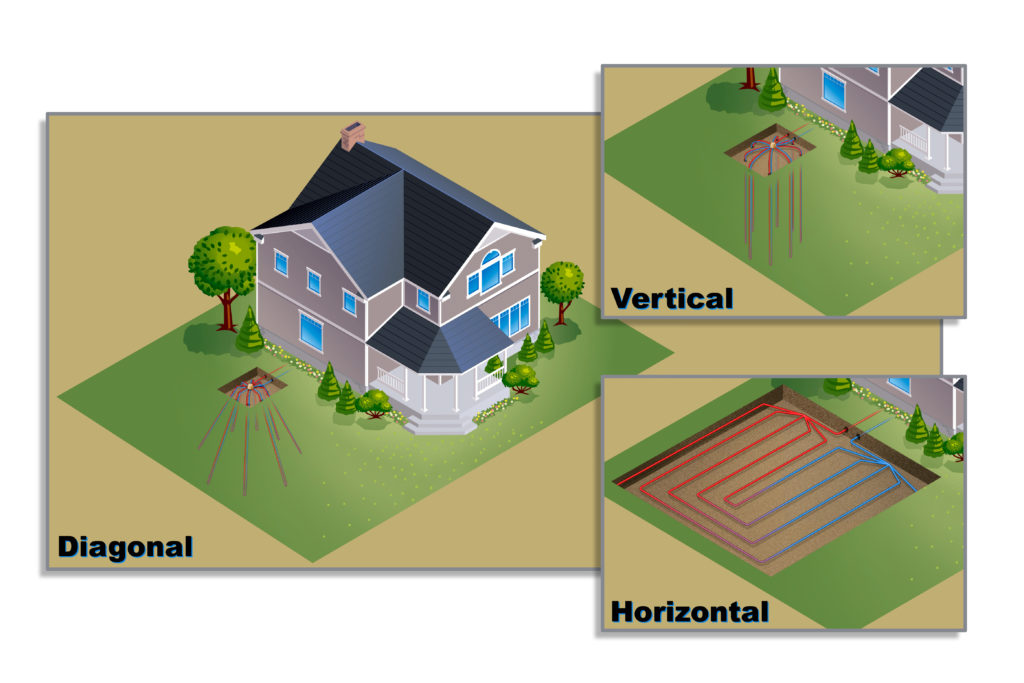Greetings SNH’ers,
I am back with another good way to do things just a bit smarter. Passive solar heating ideas have been around for a long time. If you are new to the concept, then this might spur on a great idea for you!
Passive solar heating uses the sun to heat something without a 3rd party interruption. For example, a passive solar pool cover will help heat the water in your pool by focusing energy from the pool cover directly into the pool. A non-passive method might be using your electric pool heater with energy generated by the solar panels on your home.
Do you have a location around your home that is consistently a few degrees cooler that other portions of the home that you want to heat during the day? You can build a low cost passive heater for these kinds of spaces whether they be a garage, outbuilding or a spare bedroom. All you will need is a 2×4 frame, some clear plexiglass or clear corrugated plastic sheeting, black tubing commonly available at your local hardware store and a bit of time with your construction skills.
Step 1. Build a frame that can sit on the outside of your building that you want to heat.
Step 2. Cut a hole at the top and bottom of your building to support the in and outflow of air from your solar heater. The top will serve as a location for hot air exit, the bottom will serve the cool air entry into your heater. Some folks like to install a mechanical fixture to open and close the vents when they want to “turn on” passive heating in cool weather and “turn off” when weather is warm.
Step 3. Put your tubing into the frame. Weave the tubing from the bottom entry and wind it up to the top of the entry. This will allow the air to heat from the base. As the sun energy heats the air in the tubing it will rise through the tubing gaining additional heat through the frame. Once the tubing is affixed inside the frame, seal it with your plexiglass at the edges of the frame. If you are using the corrugated plastic method, ensure that the ends are sealed. “Great Stuff” sealant can be used for this purpose.
Step 4. Attach the cool side entry of your solar heater with another section of tubing to bottom entry of your building. Do the same for the top.
Step 5. Enjoy the great free heating you get during the daytime. The size of your frame and the volume of the space you intend to heat will determine your performance. I would recommend that an 8’x4’ passive heater frame be used for a 10×10 space for moderate gains. This is a very smart way to save some heating costs on your home during the cool spring and cool fall weather. It can also give your heating system a bit of help in the winter.
One great site with some good examples of a passive solar build can be found here: https://greenpassivesolar.com/2013/06/passive-solar-air-heater/. I like that they take the basic construction a bit farther and make the frame look like it belongs to the home.
This site, a bit more advanced, examines the incorporation of passive heating techniques in building design. This is a great read if you want to take the passive method up a notch. https://www.wbdg.org/resources/passive-solar-heating.
If you have any pictures of a passive solar heater that you have built, please share them!
